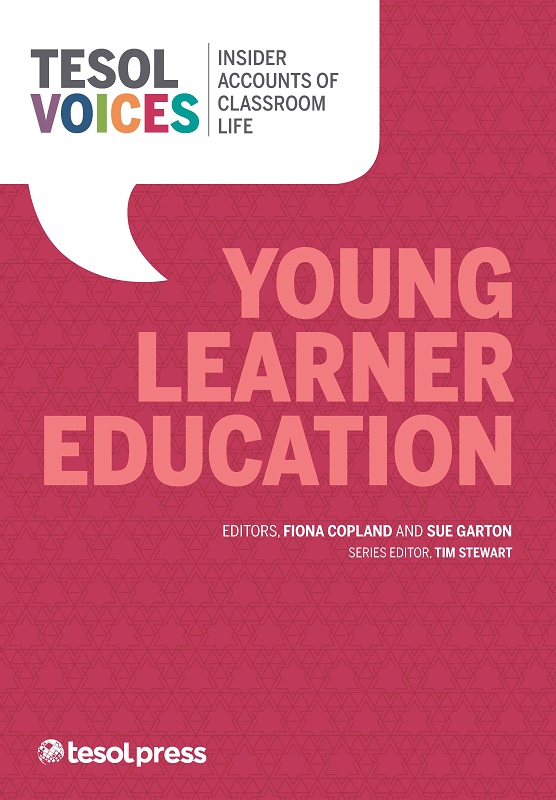|
 Chapter 10: Using Language Practice Games to Teach English in Chilean Primary Classrooms Chapter 10: Using Language Practice Games to Teach English in Chilean Primary Classrooms
by Maria-Jesus Inostroza A.
From TESOL Voices: Young Learner Education
Games are among the most frequently recommended and used activities in young learners’ classrooms around the world (e.g., Garton, Copland, & Burns, 2011). However, little is known about their use in Chilean classrooms. As an experienced Chilean K–12 teacher of English, I like using games with my students but had never reflected much on this area of my practice. Therefore, I decided to put on my researcher hat to explore the extent to which games are used in Chilean classrooms. In this chapter, I explore how two teachers implemented games for teaching English to young learners (TEYL) in two primary schools in Chile. With the aid of these two teachers’ voices, I discuss how games are implemented for teaching English, the frequency of their use, and the constraints faced by these practitioners.
Games in the Language Classroom
In a classroom setting, we understand games to be purposeful and familiar activities for children, governed by rules and which provide a meaningful and comfortable environment for target language use (Khan, 1991; Tomlinson & Masuhara, 2009). Language learning games (LLGs) have been defined by the following six features:
- Rules and goals: clear rules that need to be followed to achieve the expected goal, acknowledgment and feedback on the outcome (Garris, Ahlers, & Driskell, 2002; Sørensen & Meyer, 2007; Tomlinson & Masuhara, 2009).
- Fantasy/authenticity: a safe environment of fictional situations that are authentic in their language use (Garris et al., 2002; Guevara & Ordoñez, 2012).
- Challenge: interesting content matter with an appropriate level of difficulty (Garris et al., 2002; Rixon, 1991; Sørensen & Meyer, 2007; Tomlinson & Masuhara, 2009).
- Curiosity: opportunities to apply intuition and to explore and discover effective ways to achieve the goals (Garris et al., 2002; Sørensen & Meyer, 2007; Tomlinson & Masuhara, 2009).
- Sensory stimuli: visual, auditory, and kinesthetic stimuli (Garris et al., 2002; Tomlinson & Masuhara, 2009)
- Learner control: opportunities to contribute with ideas, select approaches, and make decisions to achieve the aim (Garris et al., 2002; Guevara & Ordoñez, 2012).
Within LLGs, Khan (1991) makes the distinction between language practice games (LPGs) and communicative language teaching games. LPGs are defined as those “which involve repeated use for particular language items, where language form is given and controlled and where accuracy of reproduction is required in order for the player to succeed” (p. 149). Communicative language teaching games are “games where the need to communicate is powerful and urgent but no fixed language formulae are available or adequate for doing so” (p. 150).
Research on the use of LLGs for TEYL remains scarce, particularly in public school contexts (e.g., Butler, 2015; Griva, Semoglou, & Geladari, 2010; Guevara & Ordoñez, 2012). Similarly, researchers have recently begun discussing the purpose of these games and their role within the English as a foreign language (EFL) lesson in different teaching contexts. In this chapter, I describe the use and adaptation of LPGs in two primary schools in Chile.
|